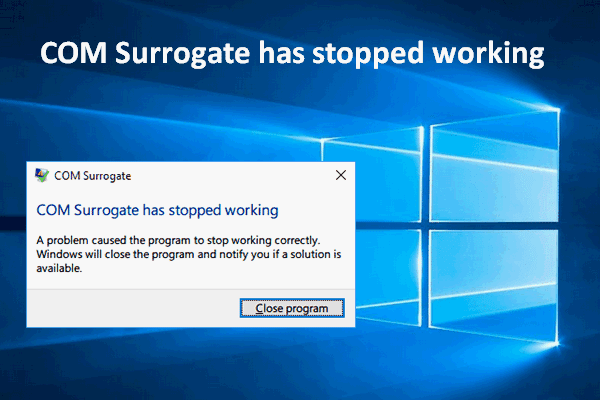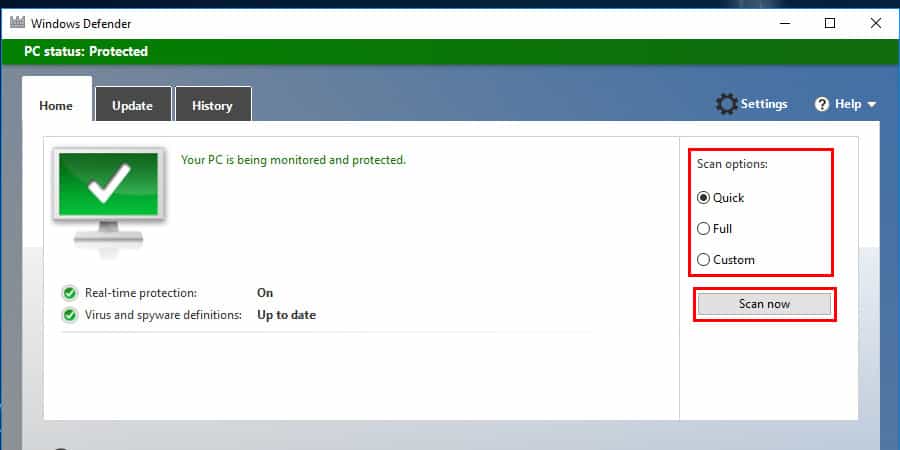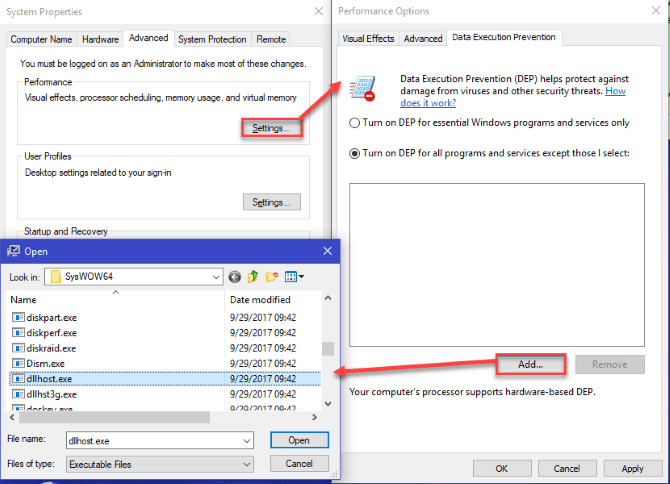Did you ever notice the COM Surrogate programme in the task manager of Windows 10? I was looking through the list of processes on my computer when I spotted two of them running. It can be difficult to understand the many processes in a task manager.
Svchost.exe is a process that hosts several Windows services, and I’ve already written a lengthy post about it. At any given time, your system could have anywhere from 10 to 15 of these running. In this post, I’ll explain what COM Surrogate is in Windows 10 and whether you need to be concerned about it.
What is a COM Surrogate, and how does it work?
By simply looking at it, COM Surrogate is one of those processes that you have no idea what it accomplishes. It doesn’t have a custom icon, and it just sits there with no indication of what it does. Multiple COM Surrogate processes may be active at the same time. You’ll usually notice two of them running if you go to task manager.
The process name is actually dllhost.exe, as you can see if you right-click on either and choose “Go to Details.” You’ll also notice that the process runs under your username rather than the accounts system, local service, or network service.
COM. The surrogate, thankfully, is not a virus (most of the time). It’s a background Windows 10 process that’s safe to use. The process is called “dllhost” because it hosts DLL files. That probably doesn’t make sense, so let’s go through it again.
In a nutshell, Microsoft established a COM Objects interface allowing programmers to construct extensions to their systems. This is also utilised in Windows 10 for some programmes. Windows Explorer, for example, uses a COM object to create thumbnails for images and videos in a folder. The major issue with these COM objects, however, was that they would crash, bringing the Explorer process down with them.
If a COM object failed for any reason, your entire system would crash. To address this problem, Microsoft developed the COM Surrogate process, which runs the COM object in a different process from the one that requested it.
So, in the Explorer example, the COM object would operate in this newly generated COM surrogate process rather than the explorer.exe process. If the COM object crashes now, it will just terminate the COM Surrogate process, leaving Explorer running.
You can view the COM object I’m talking to above if you download Process Explorer. When you hover your cursor over the dllhost.exe entry, you’ll notice that the COM class is Microsoft Thumbnail Cache, which is the extension that Explorer uses to make thumbnails.
Is it Dangerous?
So, if the COM surrogate process is a clever solution, what impact will it have on the performance of your system? COM surrogate processes, as we’ve seen, are part of the Windows operating system and aren’t hazardous. However, there are a few instances where a virus or malware may hide inside your device and disguise itself as a COM surrogate process.
The COM surrogate process, also known as dllhost.exe, can easily run on your device, and you may not even realize it until something goes wrong. However, if you’re concerned about your device’s performance, we recommend doing a full system scan to check for viruses or malware. In addition, the COM surrogate process is projected to use 1–2 percent of the CPU. However, if you notice anything strange or odd, analyze your device for potential risks right away.
What is the COM surrogate’s function?
If you ever accessed the task manager on your PC, you may have observed one or more running processes named “COM Surrogate.” This/these process(es) run in the dllhost.exe file, which is a required component of the Windows operating system.Windows 7, Windows 8, and Windows 10 are all the same.
This interface was created by Microsoft many years ago to connect to and expand other processes operating on your system. The Windows file explorer, for example, employs COM objects to create thumbnails of photos, files, and movies. This COM object is in charge of overseeing the thumbnail creation process. The host process of creating thumbnails is disrupted if this COM object crashes. This process was stopped so frequently that the engineers devised a solution: the COM surrogate process.
With the support of the process itself, this COM surrogate process begins an assisting COM object. File Explorer, for example, launches a COM surrogate process to generate thumbnails. Only the COM surrogate is affected if this crashes. The File Explorer process, which is now running, is unaffected.
What Is the Best Way to Determine Which COM Object a COM Surrogate Is Hosting?
The regular Windows Task Manager provides no additional information about the COM object or DLL file that a COM Surrogate process is hosting. We recommend using Microsoft’s Process Explorer programme to obtain this information. Once you’ve downloaded it, all you have to do is hover your mouse over a dllhost.exe process in Process Explorer to see what COM object or DLL file it’s hosting. The CortanaMapiHelper.dll object is hosted by this dllhost.exe process, as shown in the screenshot below.
Is it possible to disable it?
The COM Surrogate process cannot be disabled since it is an integral feature of Windows. It’s nothing more than a container process for COM objects that other functions desire to use. When you open a folder in Windows Explorer (or File Explorer), for example, it typically spawns a COM Surrogate process to generate thumbnails.
Other programmes you use might create their own COM Surrogate processes. All of the dllhost.exe processes on your computer were started by another programme to perform a task that the programme requested. Systsweak Antivirus for PC can be downloaded here.
Are you looking for a strong antivirus for your Windows 10 computer?
Systsweak Antivirus is a real-time antivirus for Windows that protects against viruses, malware, spyware, trojans, and other dangerous threats. This handy security application is jam-packed with advanced security capabilities to keep your device and important data safe. Systweak Antivirus protects your Windows 10 PC from zero-day attacks and has powerful exploit and malware protection.
By eliminating unwanted or malicious startup items and programmes, it gives an extra layer of safety to your device and enhances its overall efficiency. As a result, you can use Systweak Antivirus to remove the COM surrogate malware or infection from your Windows 10 device. If you have any further questions or need assistance, please use the comment box!
Is it possible that COM Surrogate is a virus?
Trojans and viruses have been known to hide in the Windows operating system by masquerading as COM Surrogates and other Windows processes in the past. You may determine the process’s source location by opening the task manager, right-clicking on it, and selecting “Open file location.” It’s unlikely to be a virus if the COM Surrogate process creates a file called “dllhost” in the C: WindowsSystem32 folder.
If it takes you somewhere else, you should perform a virus scan right away. COM surrogate typically requires very little memory and CPU, and only one or two instances are active at any given time. If you have a lot of dllhosts.exe processes running or if the process is using more than 1% to 2% of your CPU, I recommend running an offline virus check, which can detect complex hidden malware better.
Hopefully, you’ve learned something new about COM Surrogate and Windows 10 background processes after reading this post. You shouldn’t be concerned about processes like this operating in the background in the future. If you have any further questions, please leave a comment and we will do our best to assist you. Enjoy!





